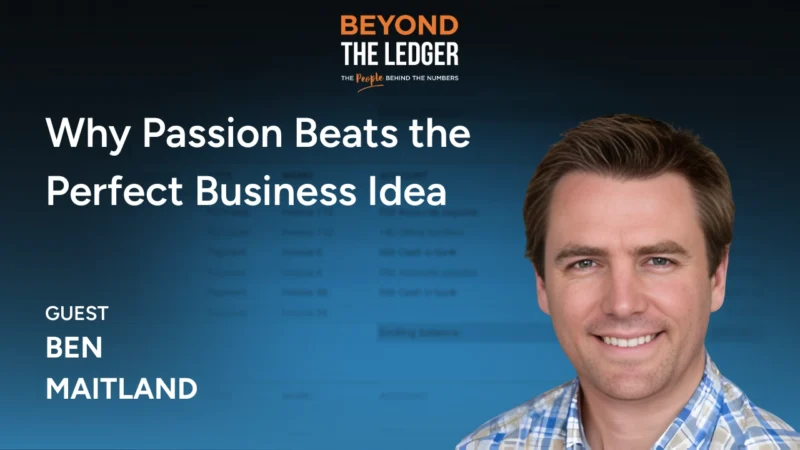Financial Stressors’ Impact on High Yield and Bank Loans
The Impact of 1Q 2023 Financial Stressors on High Yield and Bank Loan Securities
First quarter of 2023 presented significant volatility within the Financials sector, due to the crisis of confidence in regional banks and the subsequent demise of Silicon Valley Bank (SVB) specifically―the largest bank failure since Lehman Brothers in 2008. SVB’s failure created risk within the banking system, which resulted in volatility in all asset classes across the board―including high yield and bank loans.
The Fed quickly stepped in to inject liquidity into the system, notably through their bank lending facility which allowed banks to pledge their securities to the Fed at par value in order to gain liquidity to pay depositors that wanted to withdraw their funds from the banks.
Deposit outflows have slowed, and the first week of April brought an increase in deposits at banks. Accordingly, we are beginning to see liquidity risk wane. And importantly, we consider SVB to be a one-off situation given its business mix―a high percentage of securities portfolio relative to all other banks as well as large percentage of uninsured deposits that it held. Therefore, we do not see this as a systemic risk for which we should be concerned.
Indirect Impacts to High Yield and Bank Loans
At a high level, there is very little direct impact to the high yield and bank loan markets, however, there are some notable indirect effects that should be considered.
First, the securities portfolios owned by SVB are prevalent across the banking industry. However, they tend to be 5% to 20% of the banks’ total assets versus the 93.8% of SVB’s total assets. Barrow Hanley Credit Partners have discussed this dynamic previously, and we consider these assets to be “dead capital” on banks’ balance sheets. This dead capital is going to reduce banks’ ability to lend in the near to intermediate term. Additionally, the volatility in deposits, as seen with SVB and Signature Bank, further decreases the willingness of banks to lend into the current environment. We view this as a reduction of monetary velocity in the system, which should be considered as it will increase volatility across asset classes.
Second, the failure of SVB reduced the market’s expectations of the Fed increasing rates to quell inflation. That reduction is approximately 30 basis points for the peak, falling from 5.4% to 5.1% and expecting one hike from the Fed to the end of 2023 with the expectation declining approximately 40 basis points from approximately 5.1% to 5.7% looking forward. This impacts loans and the forward coupon loans their expected forward coupons.
Third, is the scrutiny that has been brought upon Commercial Real Estate assets (CREs) in this environment, and how the quality of those CRE assets is likely to impact banks and their willingness to lend. It’s important to note that small banks – those $10 billion and under – have larger exposure to CRE lending. It makes up about one third of their balance sheets. Moving up in size, CRE lending comprises about 15% of regional banks’ balance sheets and less than 10% for large banks. Given these numbers, we believe the risk of losses and impairments to banks’ balance sheets is low, as lending centers have been much more conservative post Great Financial Crisis (GFC) versus pre GFC. Currently, CREs are cash-flowing assets relative to what we saw during the GFC, when mortgage defaults were more common, and assets were owned by individuals. Regardless, we continue to assess and reassess this risk to protect our portfolios.
Where do High Yield and Bank Loans Sit in this Environment?
At the end of April 2023, High Yield sits at roughly 8.5% yield-to-worst with a 475-basis point spread. We think this is an attractive return and will compete extremely well with forward-looking expected returns relative to other asset classes – fixed income as well as equity.
There are currently several dynamics working in favor of High Yield to reduce risks within the High Yield market during this cycle versus prior cycles: An increase of BB issues within the market, providing a higher-quality asset mix; an increase in secured bond exposure within the BB universe, providing additional safety; and higher-quality businesses issuing the bonds.
Within the same period, Bank Loans sit at roughly 9.7% yield-to-worst with a 600-basis point spread. Like High Yield, we have seen an increase in quality of the underlying issuers within the Bank Loan market, with many smaller issuers moving into the private credit markets. While these companies are more impacted by the increase in interest rates, they have also experienced significantly more financial flexibility over the past 15 years, enjoying higher margins and lower capital expenditures (CapEx) as a percentage of the businesses themselves.
Barrow Hanley Credit Partners have modelled out all the loans we own within our strategies to about 6% of the Fed Funds (or SOFR) rate. We believe that there will likely be higher default rates in Bank Loans relative to High Yield, but we also think the vast majority of the issuers within the Index will be able to manage through these higher rates. In terms of anticipated default rates, we predict mid to single-digit defaults from Bank Loans, but note the incremental spread earned from Bank Loans already accounts for a vast majority of this risk.
In short, Bank Loans are currently providing an extra 125 basis points relative to High Yield via a high-cash-flow asset. The current coupon within Bank Loans is 8.6% average dollar price of 93, making current yield for Bank Loans about 9.25%. We think this is very attractive relative to other asset classes.
IMPORTANT INFORMATION
All opinions included in this report constitute Barrow Hanley’s (BH) judgment as of the time of issuance of this report and are subject to change without notice. This report was prepared by Barrow Hanley with information it believes to be reliable. This report is for informational purposes only and is not intended to be an offer, solicitation, or recommendation with respect to the purchase or sale of any security, nor a recommendation of services supplied by any money management organization. Past performance is not indicative of future results. Barrow Hanley is a value-oriented investment manager, providing services to institutional clients.
Barrow Hanley Credit Partners is a legally assumed name for the Alternative Credit investment team and investment strategies of Barrow Hanley Global Investors, including Bank Loan Fixed Income, Collateralized Loan Obligations, and High Yield Fixed Income.



